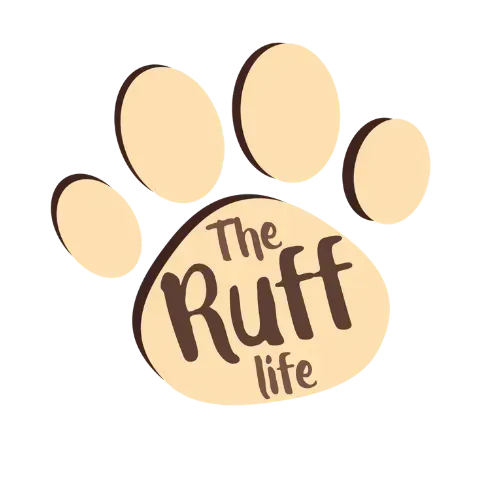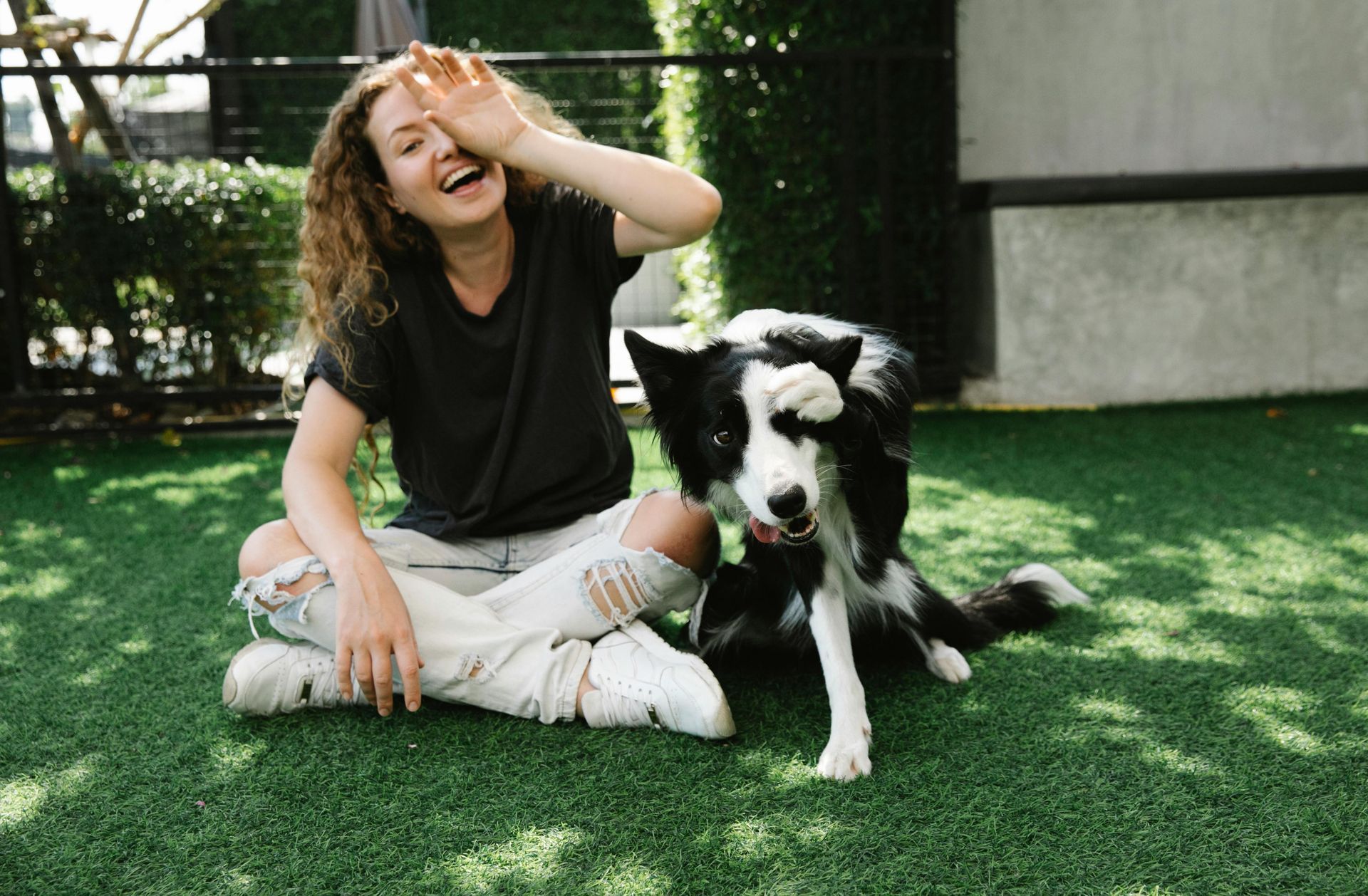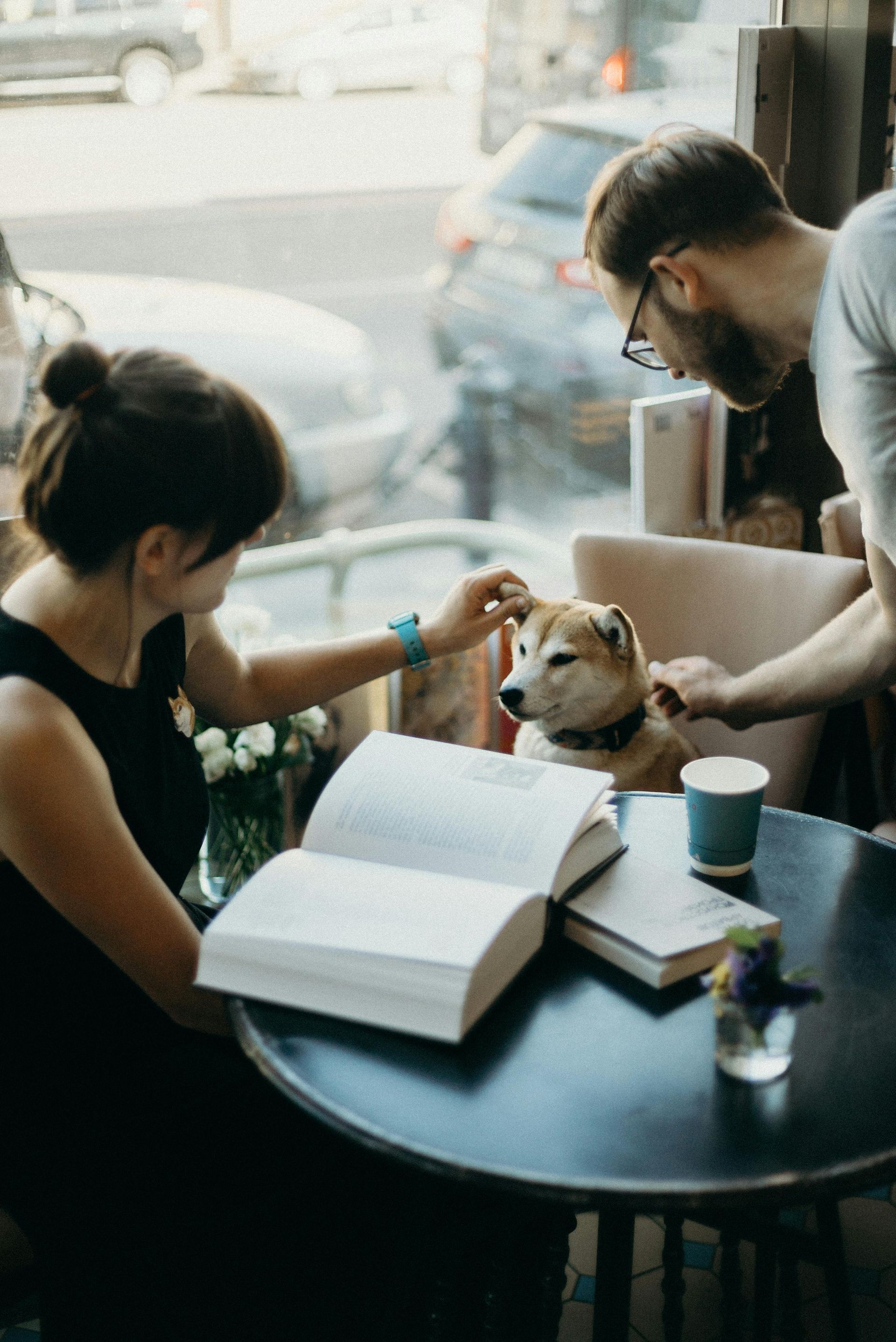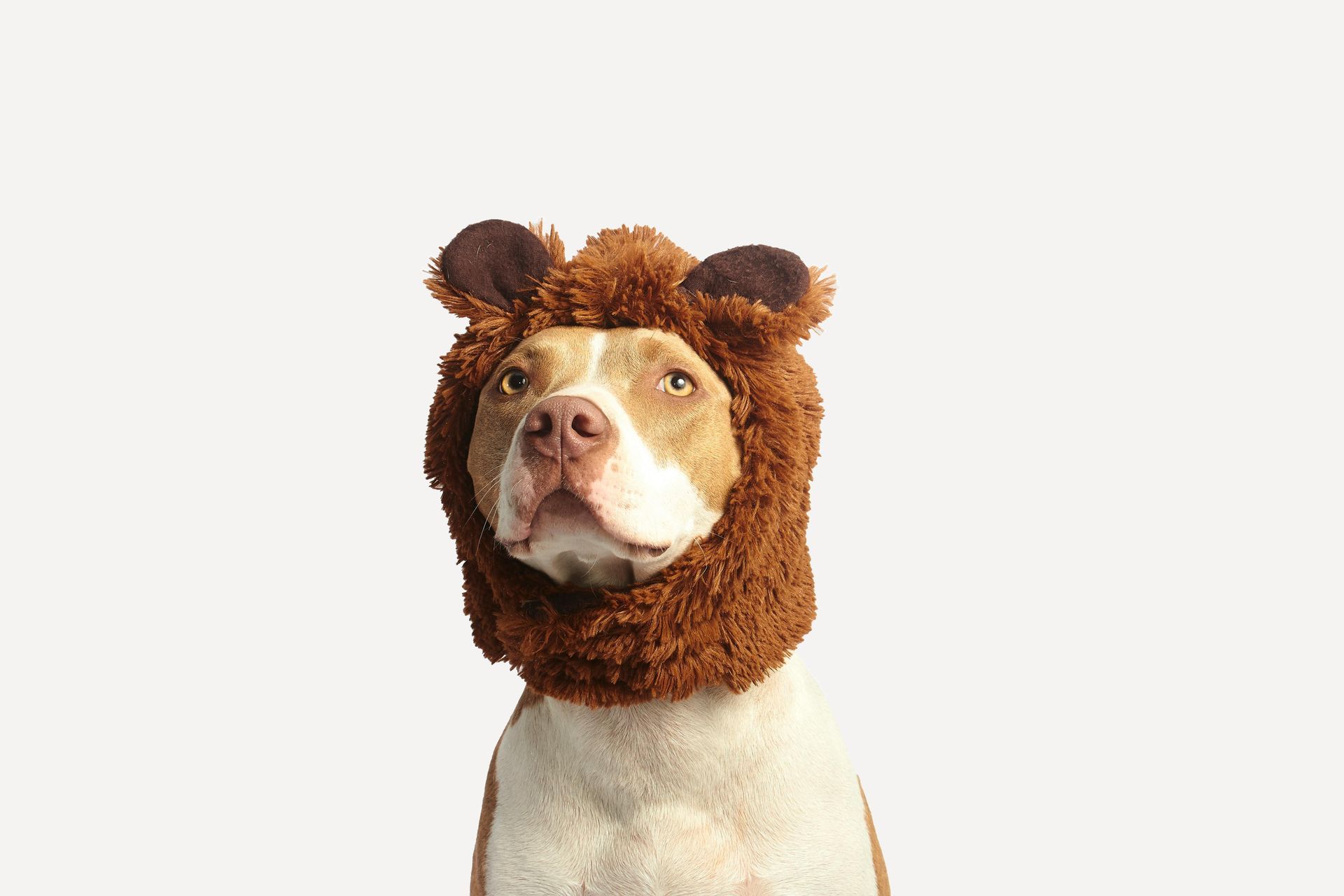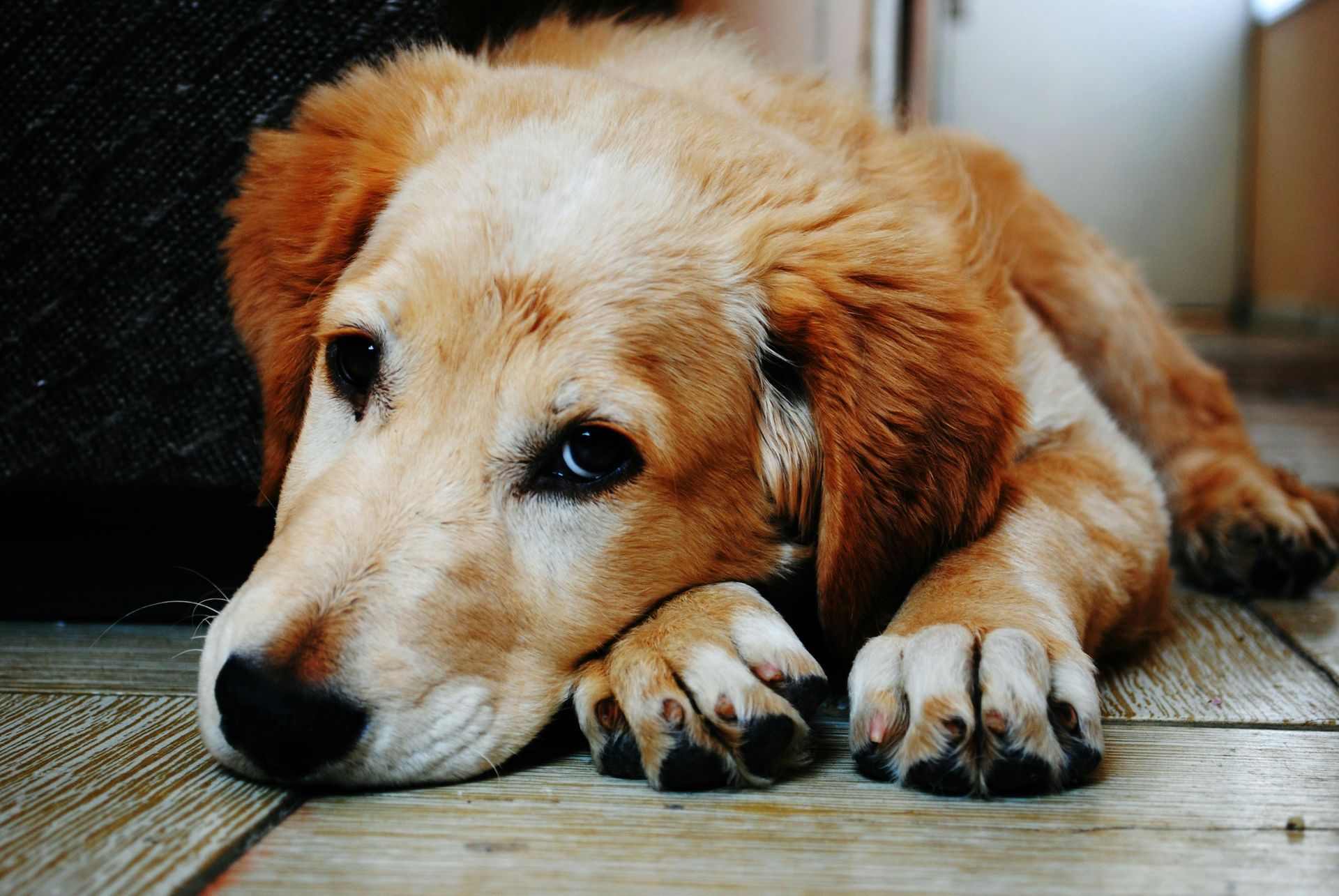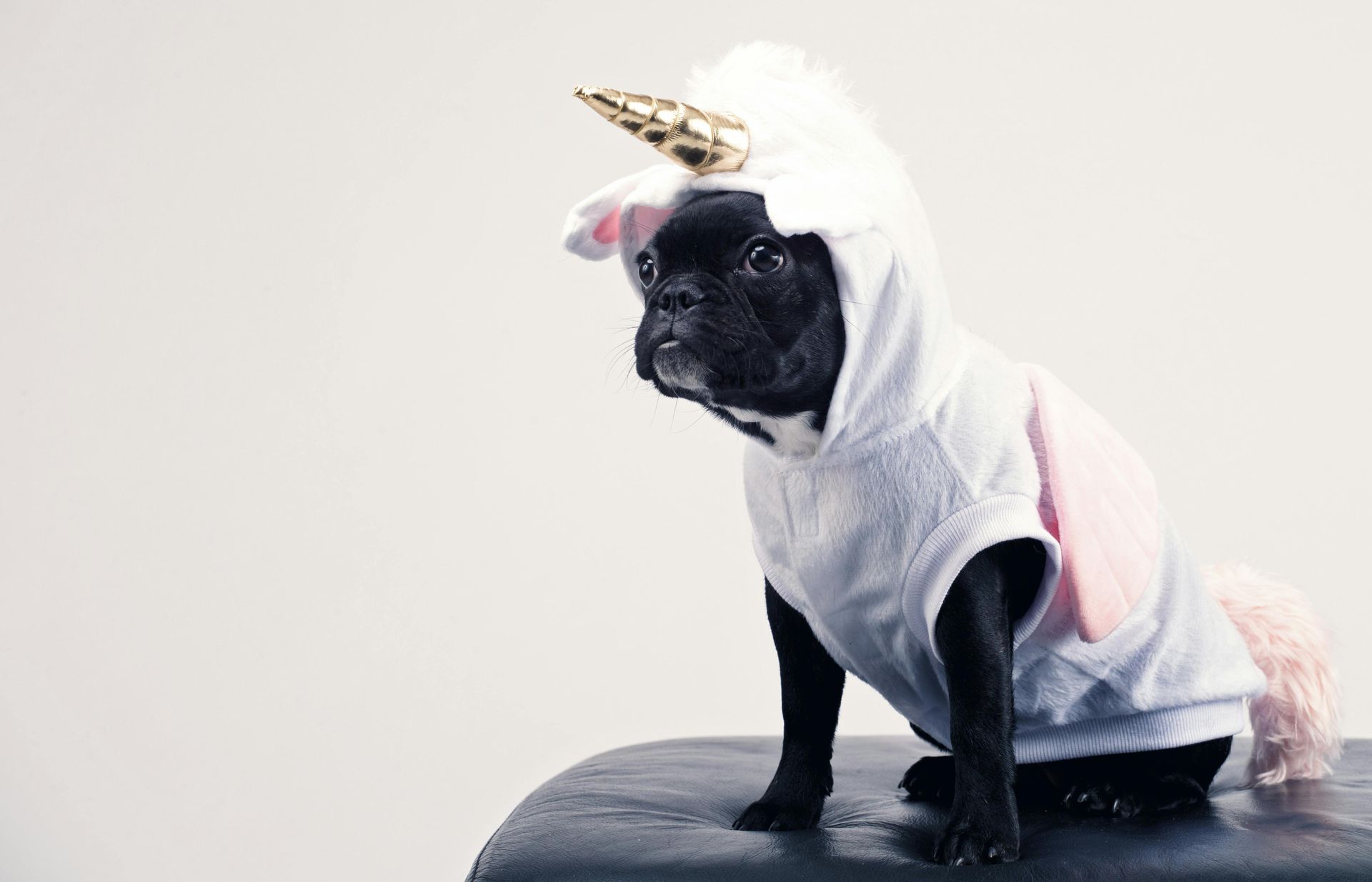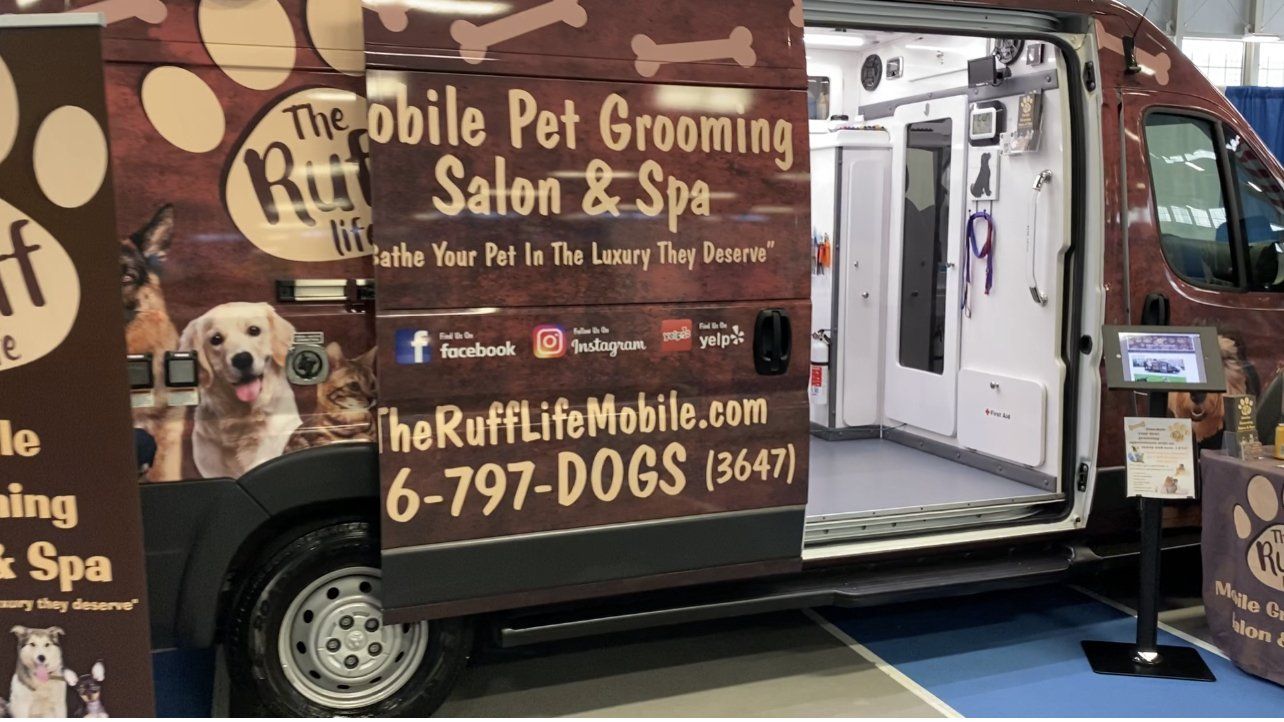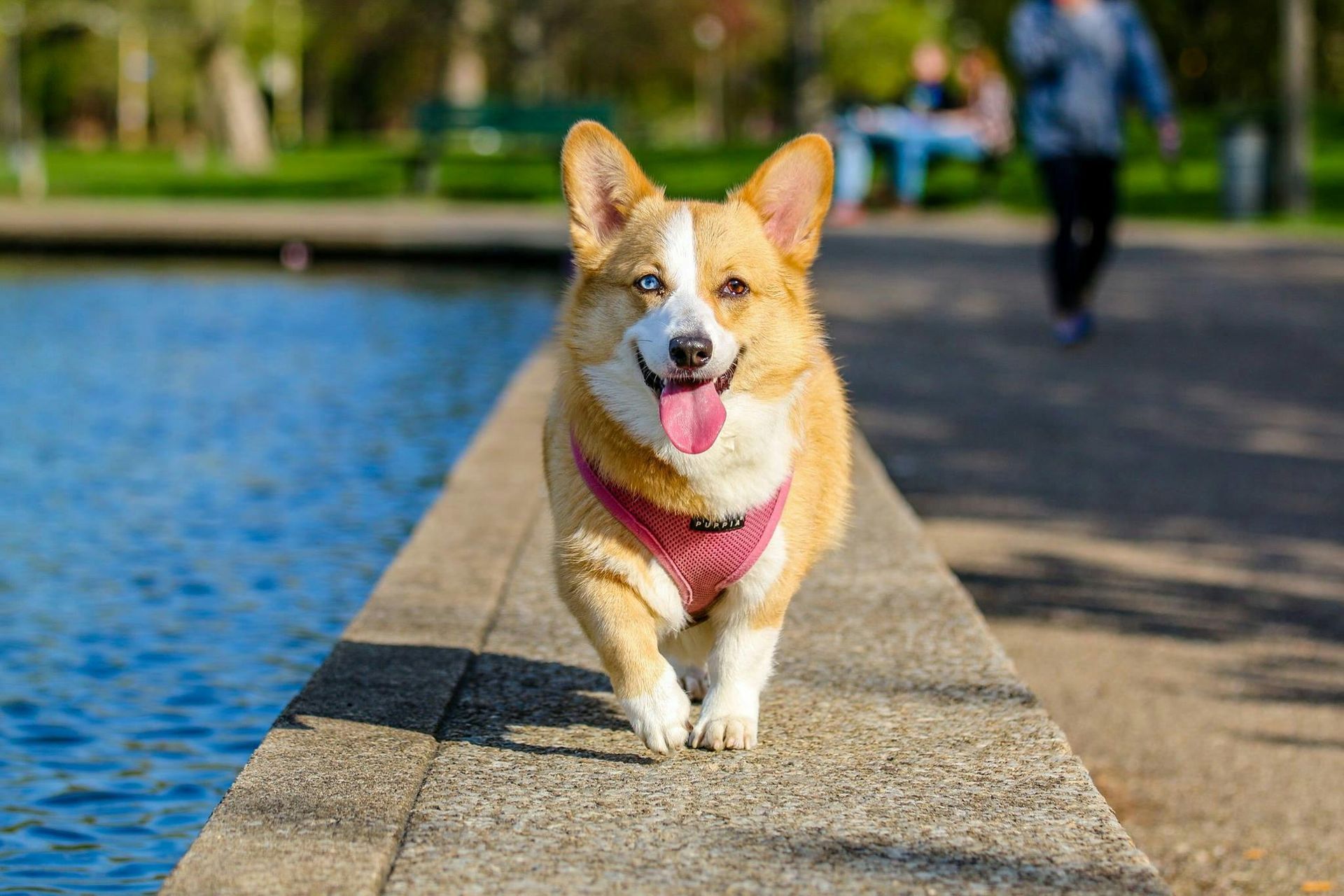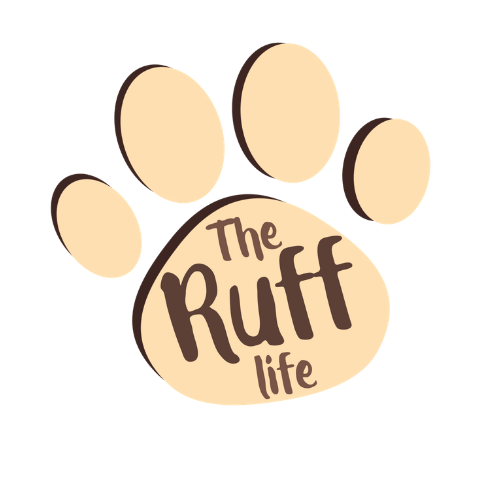How to Choose the Right Grooming Products for Your Dog
How to Choose the Right Grooming Products for Your Dog
Choosing the right grooming products for your dog can feel overwhelming, especially with the myriad options available on the market today. Each dog is unique, with different coat types, skin sensitivities, and grooming needs, making it essential to select products that best suit your furry friend. In this guide, we’ll break down how to choose the right grooming products for your dog, ensuring they stay healthy, happy, and looking their best.
1. Understand Your Dog’s Coat Type
The first step in selecting grooming products is to understand your dog’s coat type. Dogs typically fall into one of three categories: short, medium, or long-haired.
- Short-haired Dogs: Breeds like Beagles and Boxers usually require minimal grooming. A simple brush or rubber grooming glove can help remove loose hairs and distribute natural oils. Look for a gentle shampoo that won’t strip their coat of essential oils.
- Medium-haired Dogs: Breeds such as Golden Retrievers or Bearded Collies benefit from regular brushing to prevent tangles and mats. A slicker brush or a comb is ideal for their coats. Choose a shampoo designed for medium-haired dogs to promote a healthy coat.
- Long-haired Dogs: Breeds like Shih Tzus and Maltese require regular grooming to prevent mats and tangles. Invest in a high-quality detangling spray, a wide-toothed comb, and a slicker brush. Look for a gentle, moisturizing shampoo to keep their coats soft and healthy.
2. Consider Skin Sensitivities
Just like humans, dogs can have skin sensitivities or allergies. When choosing grooming products, consider your dog’s specific skin type.
- Sensitive Skin: If your dog has sensitive skin or allergies, opt for hypoallergenic, fragrance-free shampoos. Look for products containing soothing ingredients like oatmeal or aloe vera, which can help alleviate irritation.
- Dry Skin: If your dog’s skin tends to be dry or flaky, select moisturizing shampoos or conditioners. Ingredients like coconut oil, shea butter, or vitamin E can help hydrate the skin and coat.
- Flea and Tick Control: If your dog spends a lot of time outdoors, consider shampoos or topical treatments that include flea and tick prevention. Make sure to follow the instructions carefully, as some products are not suitable for all breeds or ages.
3. Choose the Right Tools
In addition to shampoos and conditioners, the right grooming tools are essential for keeping your dog’s coat healthy.
- Brushes: Depending on your dog’s coat type, choose the appropriate brush. Slicker brushes work well for long-haired dogs, while bristle brushes are great for short-haired breeds. Rubber brushes can be helpful for all coat types and are excellent for removing loose hair.
- Combs: A comb can help detangle knots and check for fleas or ticks. A wide-toothed comb is ideal for long-haired dogs, while a fine-toothed comb can help with shorter fur.
- Nail Clippers: Regular nail trimming is essential for your dog’s health. Choose clippers that suit your comfort level and your dog’s size. Guillotine-style clippers are great for larger breeds, while scissor-type clippers work well for small to medium dogs.
4. Pay Attention to Ingredients
When shopping for grooming products, it’s crucial to read labels and pay attention to the ingredients. Avoid products with harsh chemicals, sulfates, or artificial fragrances, as they can irritate your dog’s skin.
Opt for natural or organic products whenever possible. Ingredients like essential oils (lavender, chamomile) can provide soothing benefits, but ensure they are safe for dogs—some essential oils can be toxic. Always check for product certifications and read reviews from other pet owners to find high-quality options.
5. Follow a Consistent Grooming Routine
Establishing a consistent grooming routine will help keep your dog comfortable and looking their best. The type and frequency of grooming will depend on your dog’s coat type and activity level.
For example, short-haired dogs may need grooming every couple of weeks, while long-haired breeds may require grooming several times a week. Bathing frequency also varies: some dogs only need a bath once a month, while others might benefit from more frequent washing, especially after outdoor activities.
6. Consult with Professionals
If you’re unsure about which products to choose, don’t hesitate to consult with your veterinarian or a professional groomer. They can provide valuable insights into your dog’s specific needs and recommend suitable grooming products.
Visiting a professional groomer can also help you assess your dog’s grooming needs, as they have the expertise to identify any potential skin issues or grooming challenges you might not have noticed.
Conclusion: Finding the Right Grooming Products
Choosing the right grooming products for your dog is crucial for their health and well-being. By understanding your dog’s coat type, considering skin sensitivities, selecting appropriate tools, and paying attention to ingredients, you can ensure a positive grooming experience for your furry friend.
At The Ruff Life Mobile Grooming, we understand how important it is to find the right grooming products for your pet. Our team is here to help with professional grooming services that cater to your dog’s unique needs. Schedule an appointment today by visiting The Ruff Life Mobile Grooming appointment page. Your dog deserves the best care!

Our Grooming Hours
- Mon - Sat
- -
- Sunday
- -
At your door step!
HQ In Massapequa, NY
Servicing Areas:
East of Calverton & East of Moriches
All Rights Reserved | The Ruff Life Mobile
🧲 Magnetic Home Service Marketing

